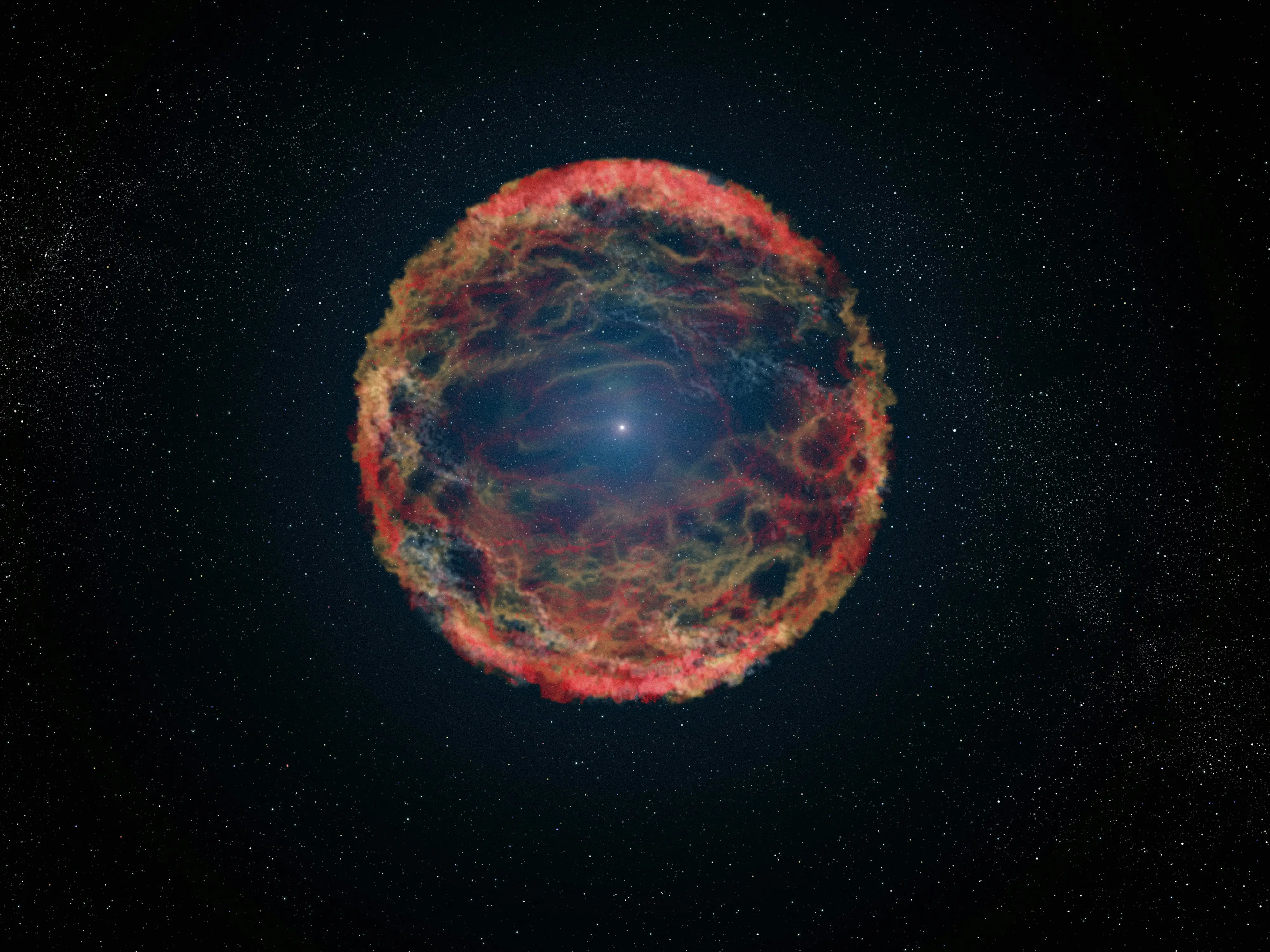A Dying Star’s Final Flash Unmasks a Cosmic Mystery

Some of the universe’s most fleeting events are also the most elusive. For years, scientists have puzzled over fast X-ray transients, brief, high-energy flashes that appear without warning, then vanish in minutes. Now, for the first time, researchers believe they’ve caught one in the act, and uncovered where it came from.
A team led by astrophysicists at Northwestern University has linked one of these mysterious bursts to a massive stellar explosion, or supernova, some 1 billion light-years away. What makes this event special is how it unfolded: the X-ray flash didn’t shoot out into space freely, as most cosmic jets do. Instead, it was trapped inside the collapsing star, struggling to break free.
This “trapped jet” ultimately failed to escape, but its brief eruption of energy was enough to light up telescopes on Earth. “We’ve never seen anything quite like it,” said astrophysicist Raffaella Margutti. “It’s like the jet shouted, and we happened to be listening.”
Using data from NASA’s Neil Gehrels Swift Observatory, the team pinpointed the moment of the flash and tracked its fading glow. Their analysis suggests the burst came from a core-collapse supernova, where the core of a giant star implodes under its own gravity. Normally, such collapses form black holes or neutron stars, but in this case, it was the half-formed jet itself that stole the show.
These findings mark the first time a fast X-ray transient has been definitively tied to a supernova. It’s a clue that more of these cosmic blips may be hiding in plain sight, concealed within the violent deaths of massive stars.
“We now know there’s a whole class of hidden explosions out there,” said Margutti. “We just needed to look with the right tools.”
So the next time the sky flickers for just a few seconds, remember: it might be the last breath of a star, echoing across the cosmos.